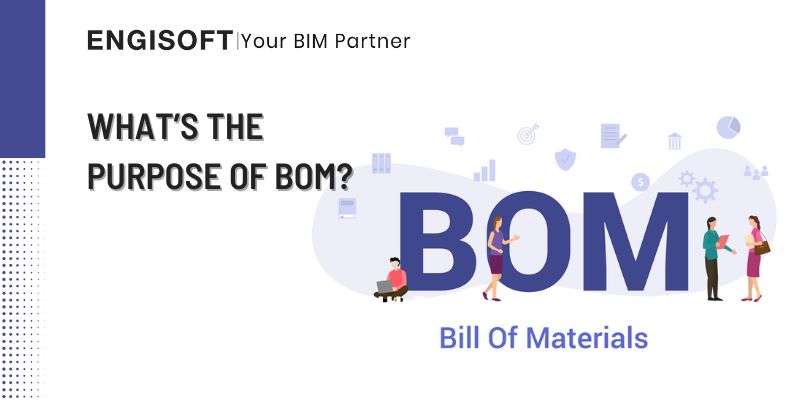A bill of materials (BOM) document lists all the components required to carry out a production process. Generally speaking, the design, production, and assembly stages of a product are affected by the bill of materials.
In this article, we examine the purpose of BOMs in the production process and their various BOM types.
What Is a BOM, Or Bill Of Materials?
A bill of materials is a comprehensive list of all the components, tools, and raw materials required to make a specific product. The components and subcomponents that make up the product, along with the necessary quantities of each, should also be listed in BOMs. The precise instructions for the manufacturing procedure and the order of product assembly are also included in the bill of materials.
What’s The Purpose Of a Bill Of Materials?
The proper supply of the production lines is guaranteed by a thorough, well-planned bill of materials. Demanding production cycles require warehouses to adapt. Any manufacturer should properly prepare a bill of materials as their first step to ensure that the supply chain is coordinated and in sync.
Plan your raw material purchases
The BOM determines which raw materials to buy and in what quantities to manufacture a product, thereby lowering costs by preventing overstocking of these items.
Establish the cost of the materials
In addition to the cost of the raw materials, there is a cost associated with the handling equipment, which can range from simple scissors and glue guns to highly advanced cutting machines.
Avoid stockouts
Avoid stockouts by keeping the manufacturing facility stocked with the raw materials required to produce goods continuously.
Error detection and minimization
The bill of materials outlines each and every step involved in producing a product. It is less likely to make mistakes if these precise instructions are followed at every stage, and it is also simpler to identify where and when incidents have happened.
A BOM is ultimately the first step toward developing an optimized, error-free supply chain that performs at maximum capacity.
Types Of BOMs
MBOM (manufacturing bill of materials): A product’s exact parts and assemblies, as well as the packaging supplies needed to ship the finished product to the customer, are listed in the manufacturing bill of materials, or MBOM. To determine when to buy the materials and when to issue the production order, the information in the MBOM is used. The purchasing department uses MBOMs to define regular buying cycles for parts and to bargain for lower prices from the relevant suppliers.
Engineering bill of materials (EBOM): During the design phase, project engineers compile this list. CAD (computer-aided design) or EDA (electronic design automation) drawings are frequently the foundation of EBOMs. They make reference to the initial design of a completed product. When launching a new product, it’s especially important to create meticulous, exact EBOMs because they ensure that the materials and parts needed to make the product will be available. Given that a product’s design goes through several revisions, it’s typical to have multiple EBOMs.
The SBOM (service bill of materials): It is a document that compiles the installation and repair procedures as well as the serviceable components that a technical service should consider in order to guarantee a product’s proper operation.
Bill of materials for sales: This list contains all the information pertinent to a finished product before it is assembled and throughout the sales phase. The finished product and its components are shown as separate items in sales BOMs.

